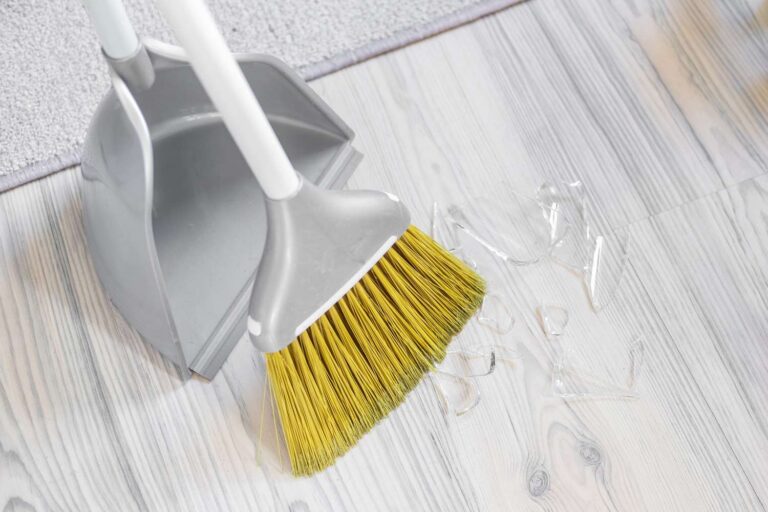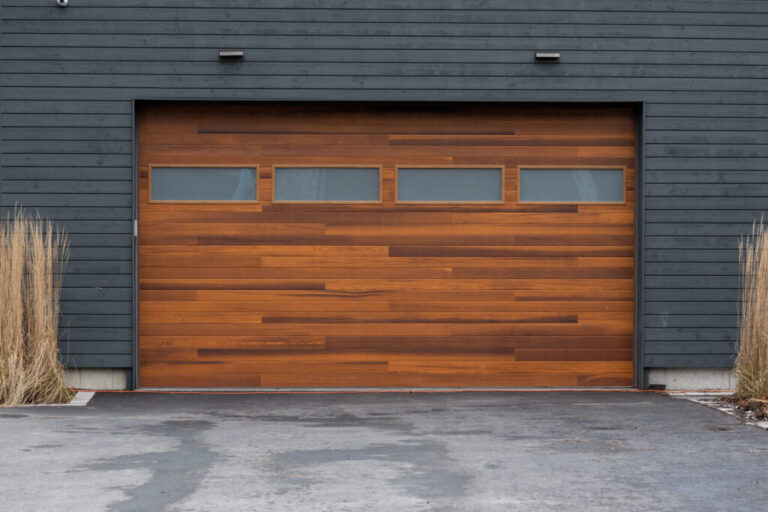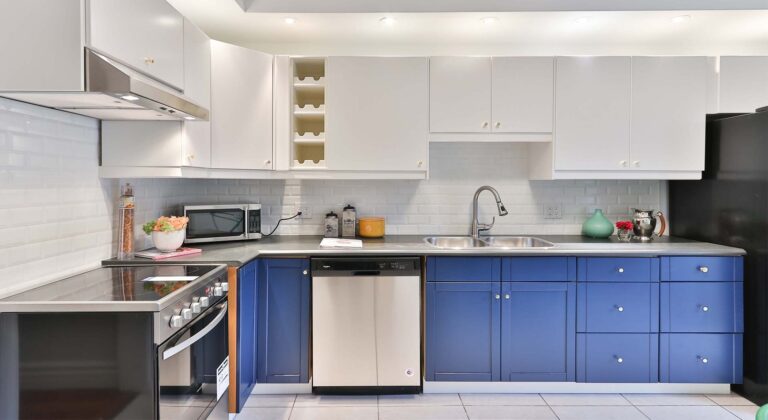How Do You Make Bamboo Grow Best?
Bamboo is a fast-growing plant that can be used for many different purposes. It can be grown in many different climates and makes a great addition to any garden. With the right care, bamboo can grow quickly and is a great way to add a unique element to your landscape. To make sure your bamboo is growing its best, it is important to provide the correct environment and care for it. This includes providing adequate sunlight, water, and nutrition. It also helps to prune and maintain the size of the bamboo to encourage healthy growth. With the right soil, care, and environment, you can have a lush bamboo forest in no time.
Understanding Bamboo
Growth
Bamboo is a highly versatile and fast-growing plant that can be found in many different climates. To get the most out of it, it is important to understand its growth requirements and how to best meet them. Bamboo is an evergreen perennial that can reach heights of up to 25 feet in just a few months. It grows best in warm climates with temperatures between 65-80ºF and a high-humidity environment. Proper soil type is also essential for a healthy and fast-growing bamboo. The ideal soil should be rich in organic matter, draining well, and slightly acidic (pH 6.5-7.0). Additionally, it is important to provide bamboo with adequate sunlight. It prefers full sun, although it can tolerate partial shade, and needs at least 6-8 hours of direct sunlight per day for optimal growth. Finally, bamboo needs to be watered regularly, especially during hot and dry weather, to keep the soil moist and ensure healthy growth. Following these steps will help ensure your bamboo grows at its best and reaches its full potential.
Growing Conditions for Bamboo
When it comes to cultivating bamboo, the best results come from following optimal growing conditions. Bamboo thrives in moist and well-draining soil, full sunlight, and temperatures between 65-90°F. For best results, consider sheltering your bamboo from strong winds, as the plants can be very susceptible to drying out. Regularly fertilizing the plants, as well as providing adequate water, will ensure that they stay healthy and happy. Furthermore, bamboo can be grown in both containers and the ground, though the latter will usually yield better results.
For those living in colder climates, the best way to ensure healthy growth is to opt for hardy species of bamboo that are more tolerant of colder temperatures. Additionally, it’s important to cover the plants with a layer of protective mulch during the winter months. With these simple tips, you’ll be able to create the perfect environment for your bamboo to grow and thrive.
Preparing the Soil for Planting Bamboo
Bamboo is a unique and versatile plant that can be used for many purposes, including decoration and construction. However, to ensure that bamboo grows to its full potential, it is important to prepare the soil for planting. With the right soil conditions and preparation, you can enjoy many years of healthy and beautiful bamboo growth.
The most important step in preparing the soil for planting bamboo is to ensure that the ground is rich in nitrogen, phosphorus, and potassium. If the soil is too acidic or too alkaline, the bamboo will not thrive. The pH level of the soil should be between 6.0 and 7.0. If the pH level is outside this range, then you should consider adding lime or other soil amendments to correct the pH level.
You should also ensure that the soil is well-drained and loose. Bamboo plants need moist soil, but the soil should not be soggy. If the soil is too wet, it will not allow the bamboo roots to penetrate and absorb nutrients and water.
Finally, it is important to add organic matter (such as compost, manure, or peat moss) to the soil to ensure that the bamboo has access to the nutrients it needs. This will help to improve the water retention and nutrient content of the soil.
By following these steps, you can ensure that your bamboo will have the best chance of thriving and growing to its full potential. With the right soil preparation, you can enjoy many years of healthy and beautiful bamboo growth.
Selecting the Right Species of Bamboo
Bamboo is a versatile and attractive plant, but selecting the right species for your needs is essential for successful growth. Bamboo comes in many varieties, each of which has different characteristics, growth rates, and requirements. While some species of bamboo are hardy enough for a wide range of climates, others are more sensitive to environmental conditions. Knowing which type of bamboo is best for your garden or landscape is the first step in growing a healthy, thriving bamboo plant.
When selecting a species of bamboo, consider the climate in which you live and your desired aesthetic. Some species are cold-hardy and can withstand temperatures below freezing, while others prefer milder climates. Additionally, some species are more ornamental than others, with larger leaves and an upright growth habit.
Finally, the amount of sunlight your bamboo will receive is also important. Some species of bamboo will thrive in full sun, while others prefer some shade. Depending on your location, you may need to provide supplemental light for the bamboo to reach its full potential.
By considering the climate, desired aesthetic, and light requirements of the bamboo species, you can choose the right type of bamboo for your garden or landscape and ensure it grows to its fullest. With the right species and conditions, you can enjoy healthy and thriving bamboo in your outdoor space.
:max_bytes(150000):strip_icc()/bamboo_forest-122180080-2000-3c17ae39285b4ea99f335b0a49e3b65d.jpg)
Planting and Caring for Bamboo
Bamboo is a beautiful and resilient plant that can provide a great deal of beauty to any landscape. But before you can enjoy the beauty of bamboo, you need to know how to make it grow best. Planting and caring for bamboo is an important step to ensure your bamboo flourishes and thrives.
When planting bamboo, you’ll want to ensure you choose the right location. Bamboo does best in well-drained, moist, and fertile soil. Additionally, it should be planted in an area that gets partial shade and full sun. You’ll also want to make sure the area is free from any standing water, as this can lead to root rot.
Once planted, bamboo requires regular watering and fertilizing to stay healthy. For best results, water bamboo deeply every week or two during the growing season. During the winter months, reduce watering as this can cause damage. Fertilizing should be done once a year during the springtime.
For optimal growth, you’ll want to trim the bamboo every year. This helps to keep the plants healthy and strong. Make sure to use sharp, clean shears to prevent damage to the plant.
Overall, with proper planting and care, bamboo can flourish and provide amazing beauty to any landscape. Knowing the best way to plant and care for bamboo will help to ensure it is healthy and vibrant for years to come.
Common Mistakes to Avoid When Growing Bamboo
Growing bamboo is a rewarding experience, but it is essential to understand the basics and know what mistakes to avoid to ensure the best possible results. Many people make the mistake of not paying enough attention to the soil in which the bamboo is planted. Investing in good soil and fertilizers is essential for healthy bamboo growth. Additionally, it is important to ensure that the bamboo has adequate space to grow. When planting bamboo, consider the mature size of the bamboo species as it can quickly become overcrowded and suffer if planted too close together.
When it comes to watering, bamboo plants require regular watering, especially during the warmer months. However, be careful not to overwater as this can lead to root rot and other problems. Finally, it is important to be aware of the growth habits of the specific species of bamboo you are growing. Many bamboos spread rapidly and can quickly become invasive if not managed properly. Knowing the growth habits of the species can help to avoid any unexpected and unwanted surprises.
By avoiding these common mistakes and properly managing the soil, water, and growth habits of your bamboo plants, you can ensure the best possible growth and the most rewarding experience.
Natural Pest Control for Bamboo
Bamboo is a beautiful and versatile plant, and it’s no wonder why it’s a popular choice for landscaping. But without proper care, bamboo can become a nuisance, attracting pests and becoming prone to diseases and fungal infections. To ensure your bamboo grows to its fullest potential, it’s important to protect it from pests with natural pest control.
One of the best natural pest control methods for bamboo is to introduce beneficial insects into the environment, such as ladybugs, hoverflies, and lacewings. These predatory insects will feed on pests that are harmful to bamboo, such as aphids, mealybugs, and caterpillars. You can also use other natural pest control methods such as planting companion plants that attract beneficial insects, releasing beneficial nematodes, and using diatomaceous earth.
In addition to natural pest control, you can also keep pests at bay by keeping the bamboo environment clean and free of debris. Make sure to remove dead leaves and stems from the area and keep the soil free of weeds. It’s also important to keep the soil moist and well-drained, as this can help prevent fungal diseases from attacking the bamboo.
By utilizing these natural pest control methods and keeping the environment clean, you can ensure that your bamboo plants will thrive. With the right care, your bamboo will be healthy and beautiful for many years to come.
Harvesting and Using Bamboo
Bamboo is an incredibly versatile and sustainable resource, and it can be grown for a variety of purposes. When it comes to harvesting and using bamboo, the key is to understand how best to care for the plants. Knowing how to make bamboo grow best can help you maximize your harvest and ensure that your bamboo is of the highest quality.
When growing bamboo, it is important to give the plants plenty of sunlight and water. Make sure that the soil is well-draining and fertilized regularly to ensure that the bamboo has all the nutrients it needs to thrive. It is also important to prune the bamboo regularly, as this will help keep the plants healthy and will promote growth.
When it comes to harvesting and using bamboo, you should always use a sharp and clean tool. This will help ensure that you get the best quality bamboo and will prevent any accidental damage to the plants. After harvesting, the bamboo can be dried or processed for a variety of uses. For example, it can be used to make furniture, flooring, and even paper.
Harvesting and using bamboo can be a great way to help the environment and use a sustainable resource. By understanding how to make bamboo grow best, you can ensure that your harvest is of the highest quality and that your bamboo is well taken care of.
FAQs About the How Do You Make Bamboo Grow Best?
1. What kind of soil should I use to grow bamboo?
A: Bamboo prefers well-drained, nutrient-rich soil. It is also important to use a slightly acidic soil, with a pH of 6.0 – 6.5.
2. How much sunlight does bamboo need to grow?
A: Bamboo prefers indirect sunlight and partial shade. Direct sunlight can be too intense for certain types of bamboo and can cause scorching of the leaves.
3. How often should I water my bamboo?
A: Watering frequency will depend on the season and the type of bamboo you are growing. Generally, bamboo needs to be watered two to three times a week during the spring and summer and once or twice a week during the fall and winter.
Conclusion
The best way to ensure that your bamboo grows healthy and strong is to give it the right amount of sunlight, water, and nutrients. It is also important to make sure that the soil is well-drained and that the roots are kept in warm temperatures. With proper care and attention, you can ensure that your bamboo grows to its fullest potential.






